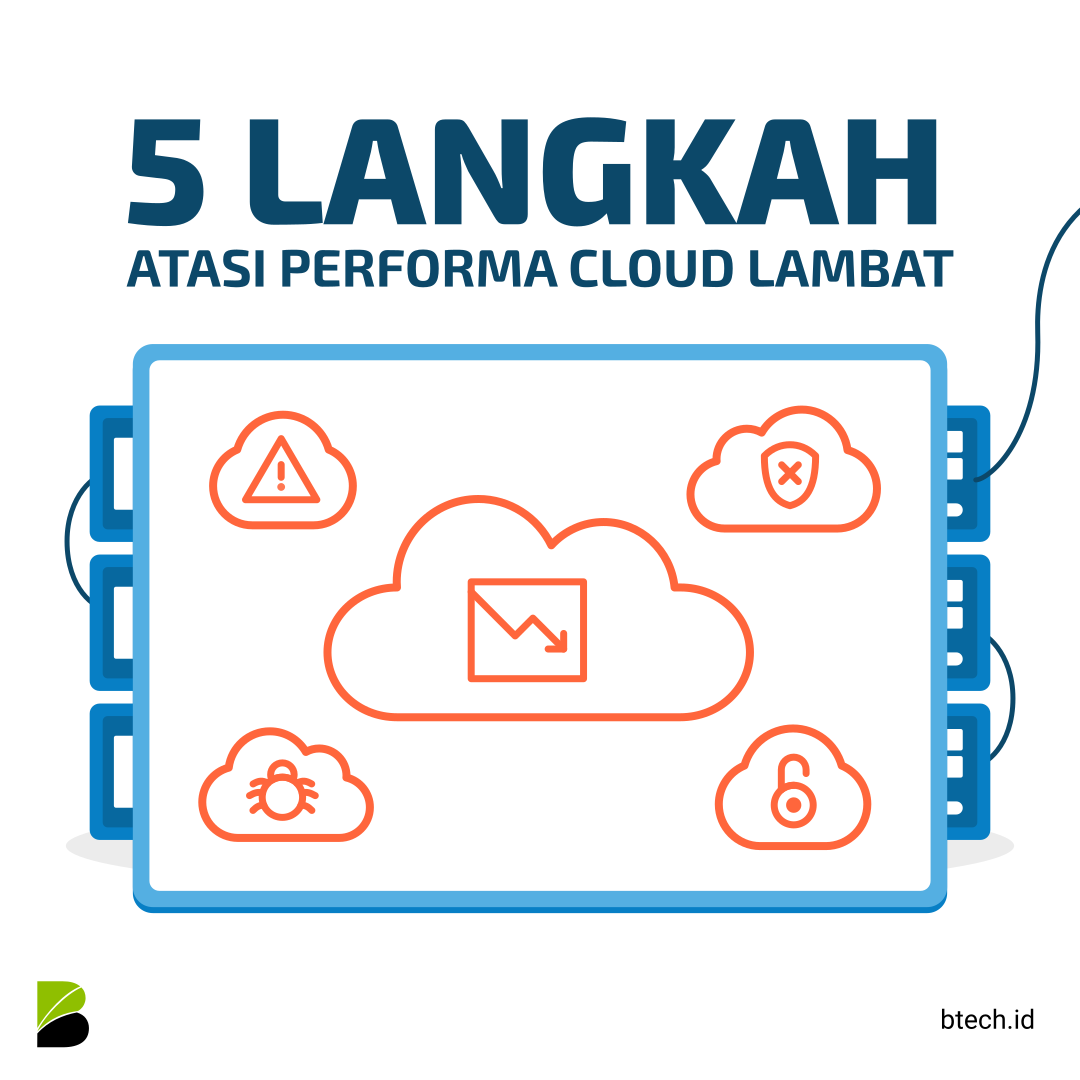5 Ways to Overcome Your Slow Cloud
Cloud computing has revolutionized the way businesses operate by offering scalability, flexibility, and cost savings. However, there can be instances when the cloud performance becomes sluggish, causing frustration and hindering productivity. Slow cloud performance can result from various factors such as network congestion, inefficient resource allocation, or inadequate configurations. In this article, we will explore five effective ways to overcome a slow cloud and ensure optimal performance.
- Evaluate Network Connectivity:
The speed and reliability of your network connectivity can significantly impact cloud performance. Slow internet connections or network congestion can result in delayed response times and sluggish data transfer. To overcome this, consider evaluating your network infrastructure and ensure that you have adequate bandwidth to support your cloud workload. You can also optimize network settings by implementing Quality of Service (QoS) policies to prioritize cloud traffic. Additionally, consider leveraging Content Delivery Networks (CDNs) to cache and deliver content closer to end-users, reducing latency and improving performance.
- Optimize Resource Allocation:
Inefficient resource allocation can lead to poor cloud performance. It's essential to review your cloud environment and ensure that resources are allocated appropriately to meet workload demands. Monitor resource utilization and identify any underutilized or overutilized instances. Right-sizing instances and adjusting resource allocations based on actual usage patterns can help optimize performance and reduce costs. Additionally, consider utilizing auto-scaling capabilities offered by cloud providers to automatically adjust resources based on workload fluctuations, ensuring optimal performance during peak periods.
- Fine-tune Application Configurations:
The performance of cloud applications can be impacted by suboptimal configurations. Review the configuration settings of your applications and infrastructure components to identify any potential bottlenecks or misconfigurations. Optimize parameters such as cache settings, database queries, and connection pools to enhance application performance. Utilize performance monitoring tools and application profiling to identify areas for improvement. By fine-tuning your application configurations, you can alleviate performance issues and improve the overall responsiveness of your cloud environment.
- Implement Caching and Content Delivery:
Implementing caching mechanisms can significantly improve cloud performance, especially for frequently accessed data or content. Caching reduces the load on backend systems and accelerates response times by serving content from a closer and faster cache. Consider implementing caching techniques at various levels, including application-level caching, database caching, and content delivery caching. Utilize technologies like Redis or Memcached to cache frequently accessed data and leverage CDNs to cache static content and deliver it efficiently to end-users. Caching can greatly enhance the performance of your cloud applications, providing a smoother user experience.
- Monitor and Optimize:
Continuous monitoring and optimization are key to overcoming slow cloud performance. Implement comprehensive monitoring tools that provide real-time insights into your cloud environment. Monitor key performance metrics, such as CPU utilization, memory usage, network latency, and response times. Identify any performance bottlenecks or anomalies and take proactive measures to resolve them. Regularly review your cloud infrastructure, analyze performance trends, and make necessary optimizations. Additionally, consider utilizing performance testing tools to simulate heavy workloads and identify scalability limitations before they impact production environments.
In conclusion, slow cloud performance can hinder productivity and impact business operations. By evaluating network connectivity, optimizing resource allocation, fine-tuning application configurations, implementing caching and content delivery mechanisms, and continuously monitoring and optimizing your cloud environment, you can overcome performance challenges and ensure a smooth and responsive cloud experience. Remember that cloud performance optimization is an ongoing process, and regular evaluation and fine-tuning are necessary to adapt to changing demands and maximize the benefits of cloud computing.
Read Also: 5 SIGNS YOUR CLOUD NEEDS A MAINTENANCE SUPPORT SERVICE

